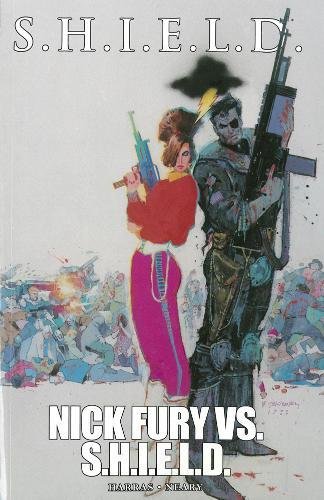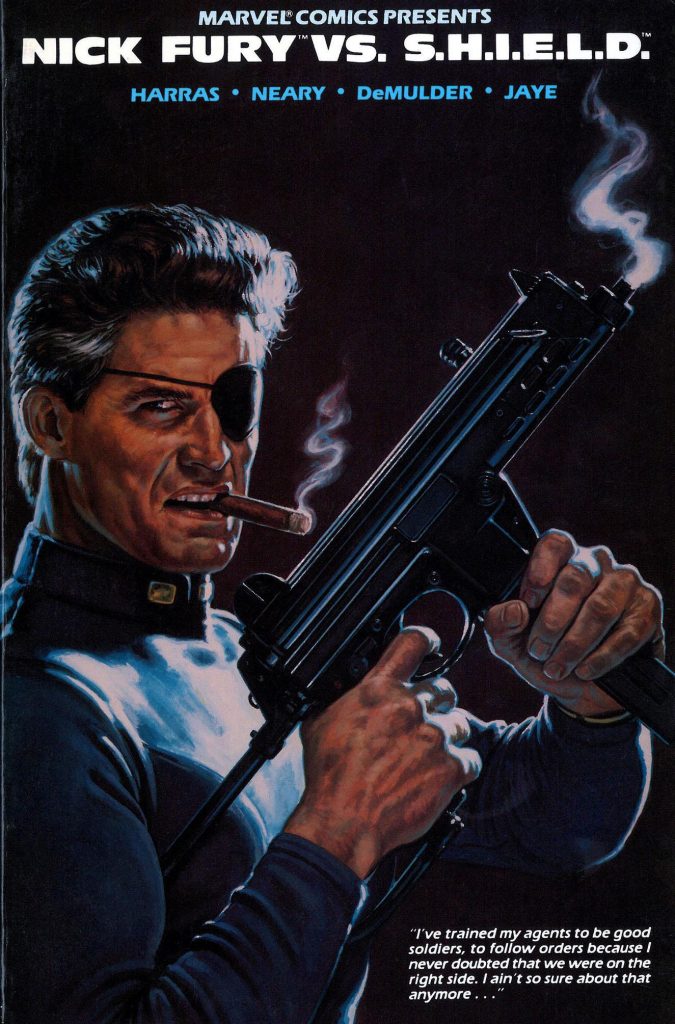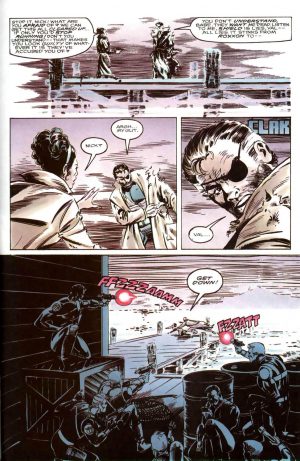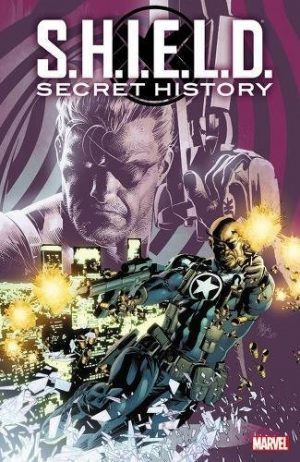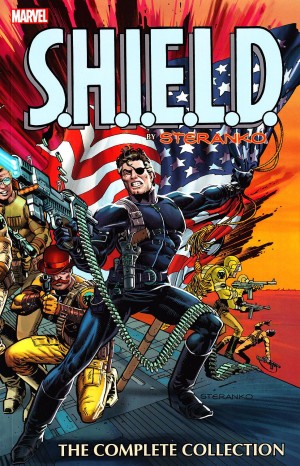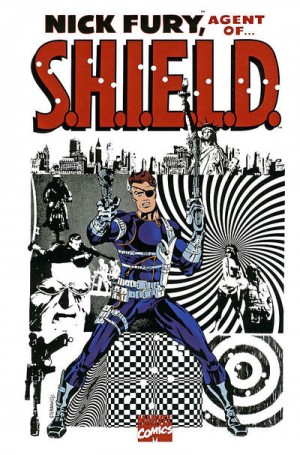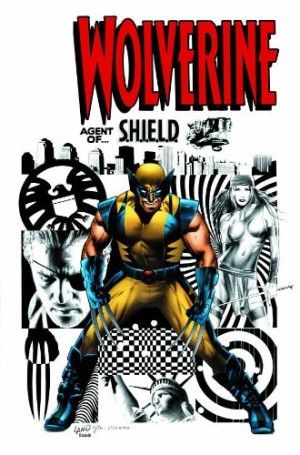Review by Ian Keogh
Seeing as the title provides the premise of the series, it’s not giving anything away to disclose that Nick Fury discovers there’s something very wrong with the S.H.I.E.L.D. hierarchy at a level above him, and security has been greatly compromised. He’s able to escape, but the resources of the organisation he used to run are funnelled into tracking him down. Not only must he remain at large long enough to somehow put the situation right, he has to face people who’ve been his friends for years, some convinced that he’s the problem.
This is a plot that’s been run over several variations since the 1980s in both comics and film, but it’s important to note that Bob Harras and Paul Neary were there first, and the basis of their action thriller still holds up if you can wade through the stylistic devices of the era. It’s extremely wordy, to the extent of Neary having learned by the midway point to leave plenty of spare room in his panels for word balloons, and a fair amount of the verbiage is either completely unnecessary or characters explaining the plot to the reader. Work through that, however, and the ambitious plot still holds up very well. Fury is rapidly alienated, and the most obvious people he might approach for help are contacted and advised against helping him. Within S.H.I.E.L.D. even some of his closest friends begin to wonder whether he’s really betrayed the organisation.
Neary’s art is variable. On some pages he really pushes the boat out. There’s a mood and atmosphere to them, and he’s almost channelling Jim Steranko, while others are the minimum needed to tell the story. One aspect that’s ahead of the times is the colouring. Bernie Jaye uses subtle and pallid shades, at times giving the pages a washed out look, as if being viewed through bright light. At first it’s strange, but it’s coherent and works its spell, and improves as the book continues.
The scope of what’s going on is immense, and it’s revealed in slow drips, so keeping the interest up. It’s a widescreen plot, and the pacing excellent. People who’ve read enough S.H.I.E.L.D. stories to be familiar with the technology they employ will be a few steps ahead in figuring out part of the mystery. Everyone else will be dragged along to a revelation at the midway point as Harras switches between Fury’s activities and those who’re now running his organisation, along with dropping in on the people pulling their strings. The ending is downbeat, and doesn’t make much sense in an era when S.H.I.E.L.D. is a long-running TV show, but when this was originally published they were a background presence at Marvel, revived every few years for series that never had legs. Nick Fury vs S.H.I.E.L.D. prompted another, Nick Fury Agent of S.H.I.E.L.D., now collected over three volumes.
A thrilling plot ensures this is still worth reading, with the caveat that those who’ve come to superhero graphic novels since the late 1990s may struggle with the sheer amount of unrequired dialogue.
